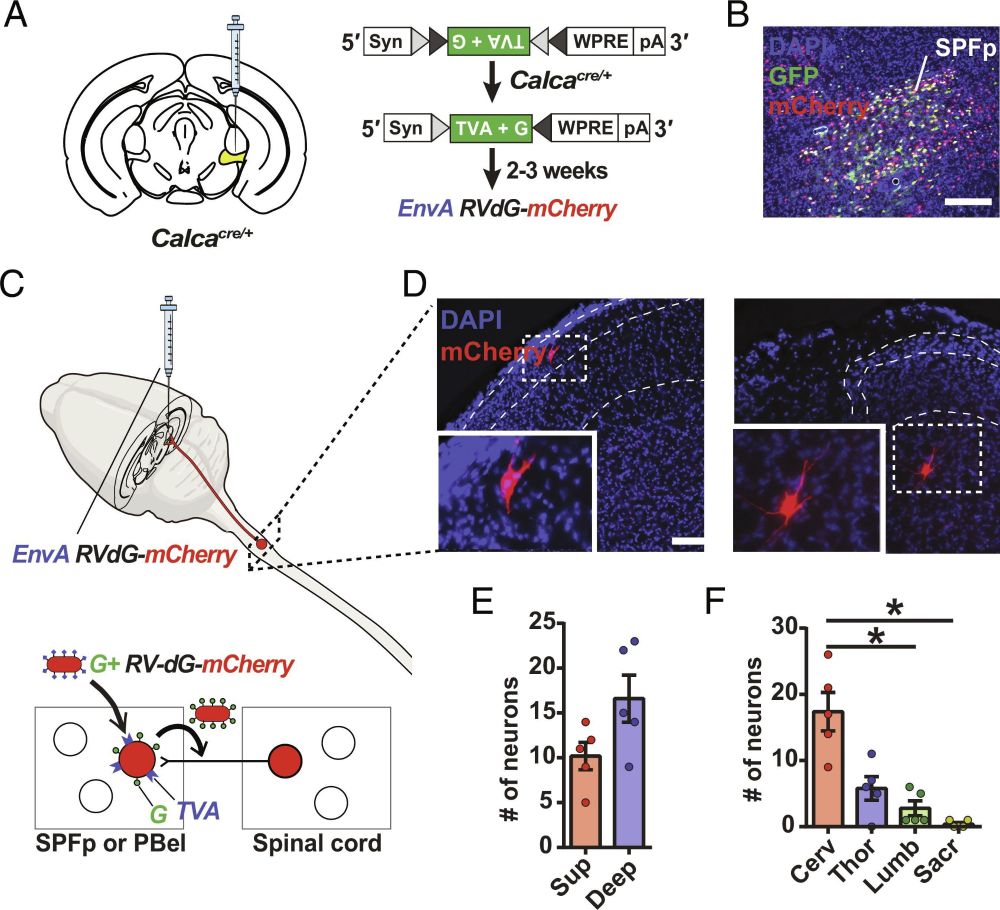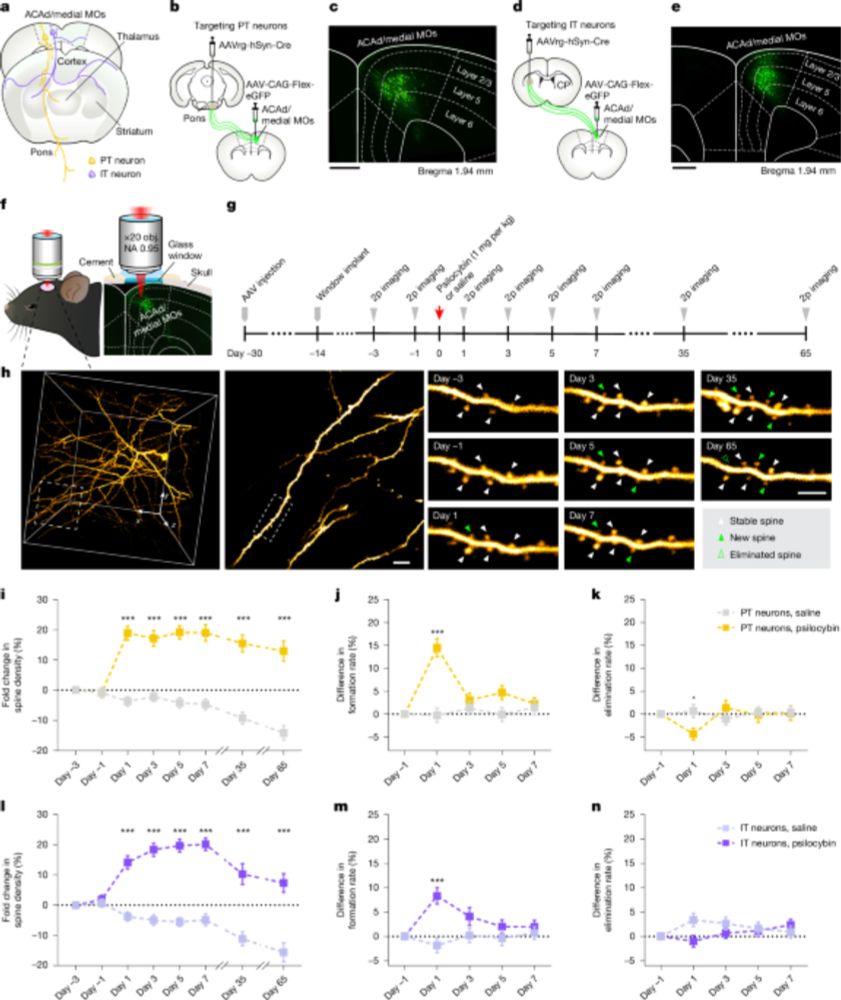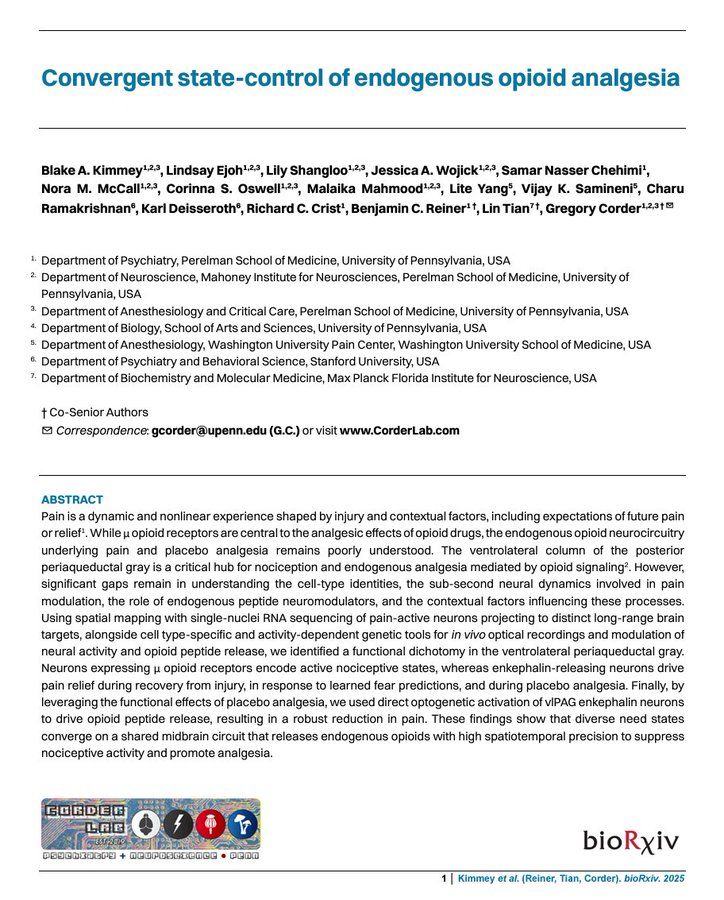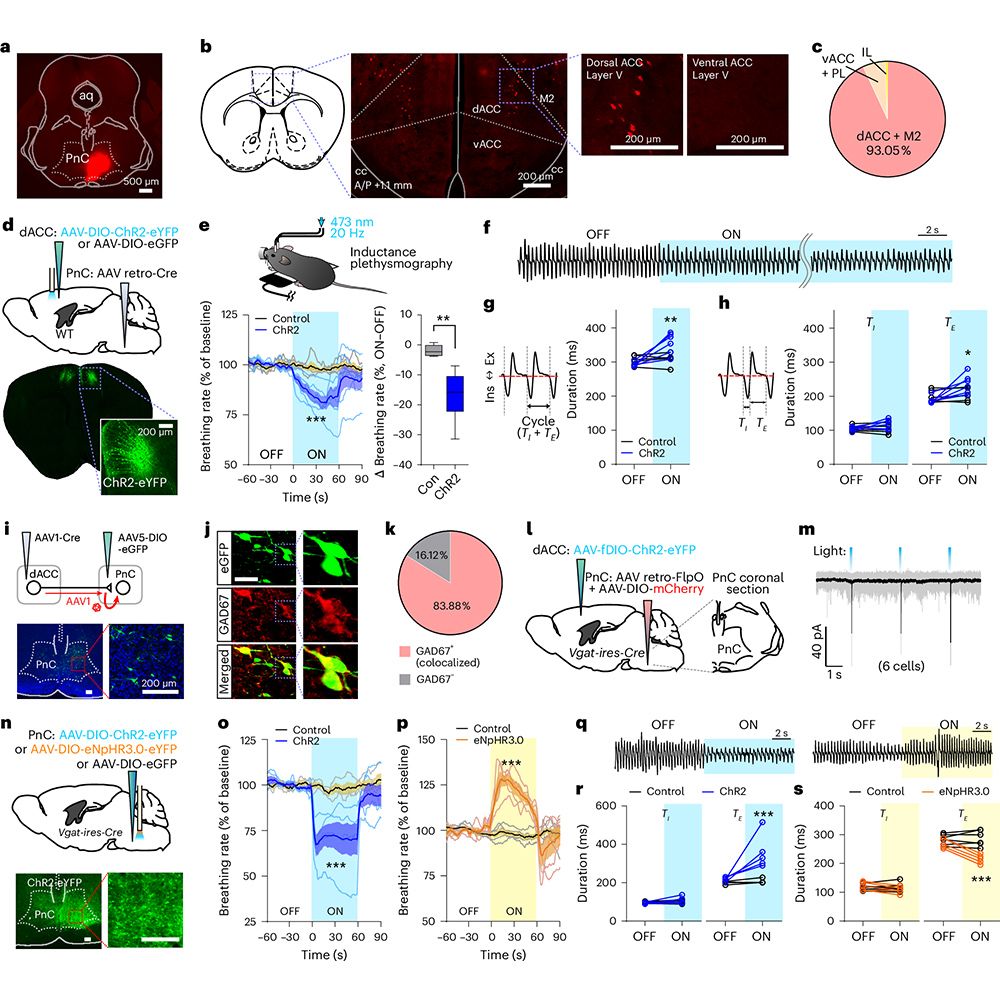Sung Han
@hanlab.bsky.social
180 followers
130 following
9 posts
Associate professor at the Salk Institute for Biological Studies.
Studying neuropeptidergic circuits that mediate emotional & physiological homeostasis.
Posts
Media
Videos
Starter Packs
Reposted by Sung Han
Reposted by Sung Han
Sung Han
@hanlab.bsky.social
· Apr 3
Sung Han
@hanlab.bsky.social
· Jan 5
Reposted by Sung Han
Reposted by Sung Han
Sung Han
@hanlab.bsky.social
· Nov 23
Sung Han
@hanlab.bsky.social
· Nov 23

Encoding opposing valences through frequency-dependent transmitter switching in single peptidergic neurons
Peptidergic neurons often co-express fast transmitters and neuropeptides in separate vesicles with distinct release properties. However, the release dynamics of each transmitter in various contexts ha...
www.biorxiv.org
Sung Han
@hanlab.bsky.social
· Nov 21
Sung Han
@hanlab.bsky.social
· Nov 21
Sung Han
@hanlab.bsky.social
· Nov 20






